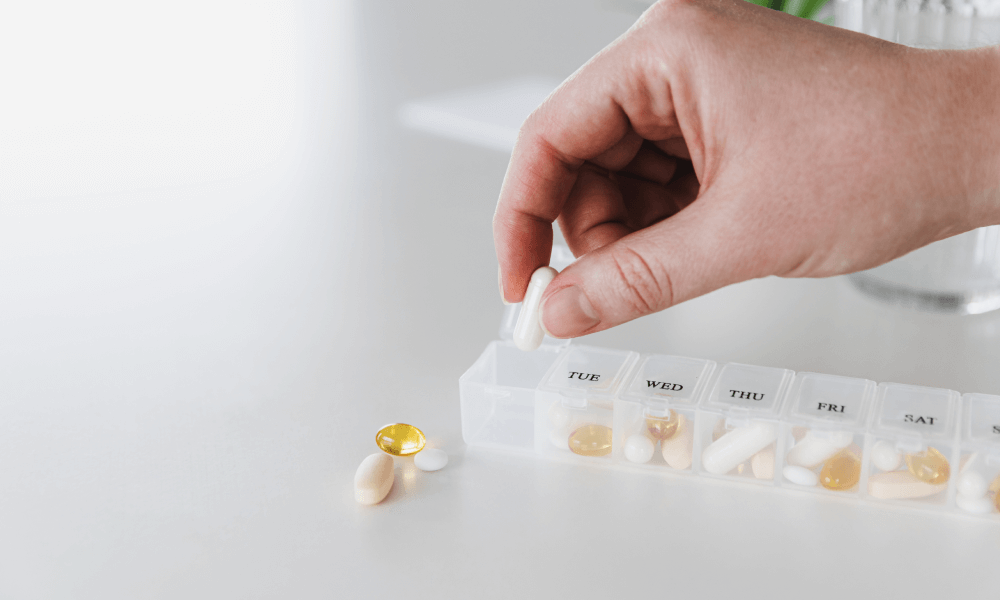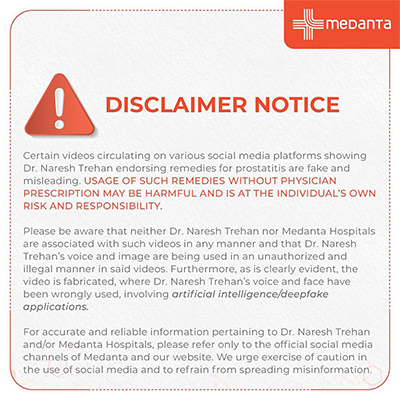Lansoprazole: Uses, Side Effects, Dosage, Interactions and more

How Does Lansoprazole Work?
Lansoprazole belongs to a group of medicines called proton pump inhibitors (PPIs). It blocks H+/K+-ATPase enzymes in your stomach's parietal cells. Once activated in the acidic environment, it binds to these enzymes and stops acid production. A single dose can reduce about 80% of stimulated gastric acid secretion. After a week of daily use, effectiveness reaches 90%.
What Conditions Does Lansoprazole Treat?
Your doctor might prescribe lansoprazole 30 mg for:
Heartburn and acid reflux
Gastroesophageal reflux disease (GERD)
Stomach and duodenal ulcers
Erosive oesophagitis
Zollinger-Ellison syndrome
Helicobacter pylori infections (when combined with antibiotics)
How Should I Take Lansoprazole?
Take lansoprazole 30-60 minutes before meals for best results.
Take lansoprazole before meals.
If you're using antacids, don't take them at the same time as lansoprazole.
Swallow capsules whole—don't crush or chew them.
If you have trouble swallowing, you can mix the contents with applesauce, yoghurt, or juice.
The medication usually takes 1-4 days to show its full effect.
What Are the Side Effects of Lansoprazole?
Common side effects include:
Nausea
Constipation
Serious but rare reactions can include:
Kidney problems
Severe skin reactions
Low magnesium levels
Contact your doctor straight away if you experience:
Watery diarrhoea
Decreased urine output
Severe skin rash
Can I Take Lansoprazole Daily?
Daily lansoprazole is generally safe when taken as your doctor prescribes, but long-term use needs monitoring. Some people take it only when symptoms appear, while others need continuous treatment.
What Precautions Should I Take with Lansoprazole?
Tell your doctor about all medicines you take, including supplements, as interactions can occur.
People with liver problems, low blood mineral levels, or phenylketonuria need special monitoring.
If you're pregnant, discuss alternatives with your doctor.
Don't start or stop any medicine without consulting your doctor first, even if it seems harmless.
What if I Miss a Dose?
Take the missed dose as soon as you remember unless it's nearly time for your next dose. Never take two doses together to make up for a forgotten one.
What Should You Do if I Overdose?
If overdose occurs, get emergency medical help immediately. Treatment might include:
Gastric emptying
Activated charcoal use
Symptomatic care
Drug Interactions
Don't take lansoprazole 30 mg with these medications:
Antifungals like ketoconazole and itracon
azole
Blood thinners like warfarin
Digoxin
Erlotinib
HIV medicines like atazanavir, nelfinavir, and other antiretrovirals
Iron supplements
Methotrexate
Rilpivirine
St. John's Wort
Dosage for Lansoprazole
Your doctor will determine the right lansoprazole dose based on your specific condition, age, & overall health. Taking the correct amount helps ensure the medication works effectively whilst minimising unwanted effects.
Lansoprazole tablets come in two strengths: 15mg and 30mg. Your doctor decides the right dose based on your condition.
Duodenal ulcers: 15mg once daily for 4 weeks
Gastric ulcers: 30mg once daily for up to 8 weeks
GERD (acid reflux): 15mg once daily for up to 8 weeks
Erosive esophagitis: 30mg once daily for up to 8 weeks
NSAID-related gastric ulcers: 30mg once daily for 8 weeks for treatment; 15mg daily for up to 12 weeks for prevention
Zollinger-Ellison syndrome: Starting at 60mg once daily, potentially increasing to 120mg daily if needed
For H. pylori infections, you'll take a lansoprazole 30mg tablet alongside antibiotics. The typical treatment involves 30mg twice daily with amoxycillin and clarithromycin for 10-14 days.
Dosage for the children:
Doctors suggest doses based on a child's age and weight. They advise:
Kids between 1 to 11 years old who weigh less than 30 kg take 15 mg a day.
Those weighing over 30 kg should take 30 mg a day.
Lansoprazole vs Omeprazole
You might wonder how lansoprazole compares to omeprazole, another proton pump inhibitor your doctor might consider. Both medications reduce stomach acid production, but there are some differences worth knowing about:
Aspect | Lansoprazole | Omeprazole |
Standard dosage | Usually 15–30 mg once daily | Usually 20–40 mg once daily |
Available forms | Capsules, orally disintegrating tablets, granules | Capsules, tablets, oral suspension |
Time to work | Starts relief slightly faster (within 1–2 hours) | Takes effect within 1–4 hours |
Common side effects | Headache, nausea | Anxiety, dizziness |
Drug interactions | About 209 known interactions | About 246 known interactions |
Half-life | ~1.7 hours | ~1.5 hours |
Pregnancy category | B – No proven risk in humans | C – Risk cannot be ruled out |
Effectiveness | Slightly faster symptom relief | May provide better overall gastric acid control in some studies |
Studies suggest lansoprazole may provide quicker heartburn relief, though omeprazole might control stomach acid better in certain cases. Both medications work well for reducing acid production. Your doctor will choose based on your specific condition and medical history. It's worth noting that patient experiences vary quite a bit with both drugs—what works well for one person might not be the best choice for another.
FAQs
What conditions does lansoprazole treat?
Lansoprazole helps with various digestive problems like:
Heartburn
Acid reflux
Gastroesophageal reflux disease (GERD)
Erosive oesophagitis
Stomach and duodenal ulcers
Rare conditions like Zollinger-Ellison syndrome.
Lansoprazole tablets work well alongside antibiotics to clear H. pylori infections.
How long before lansoprazole starts working?
Many people notice improvement in just 2 to 3 days after they start taking lansoprazole capsules. It could take up to 4 days though, to experience the complete effects. Keep in mind that lansoprazole 30 mg does not work for fast heartburn relief. Its benefits increase over time.
What side effects should I expect?
Common side effects are:
Headache and dizziness
Stomach pain and nausea
Diarrhoea or constipation
Dry mouth
More serious reactions are:
Kidney problems
Severe skin reactions
Low magnesium levels
Can I take lansoprazole with other medicines?
Be careful here. Lansoprazole interacts with many different drugs. Tell your doctor about all medications you take, especially digoxin, methotrexate, blood thinners, and HIV medicines. If you use antacids don't take them at the same time as lansoprazole.
Is long-term lansoprazole use safe?
Long-term use needs monitoring by your doctor. Taking lansoprazole for more than 3 years might increase your risk of bone fractures, vitamin B12 deficiency, and kidney problems. Regular check-ups help ensure the benefits still outweigh any potential risks.
